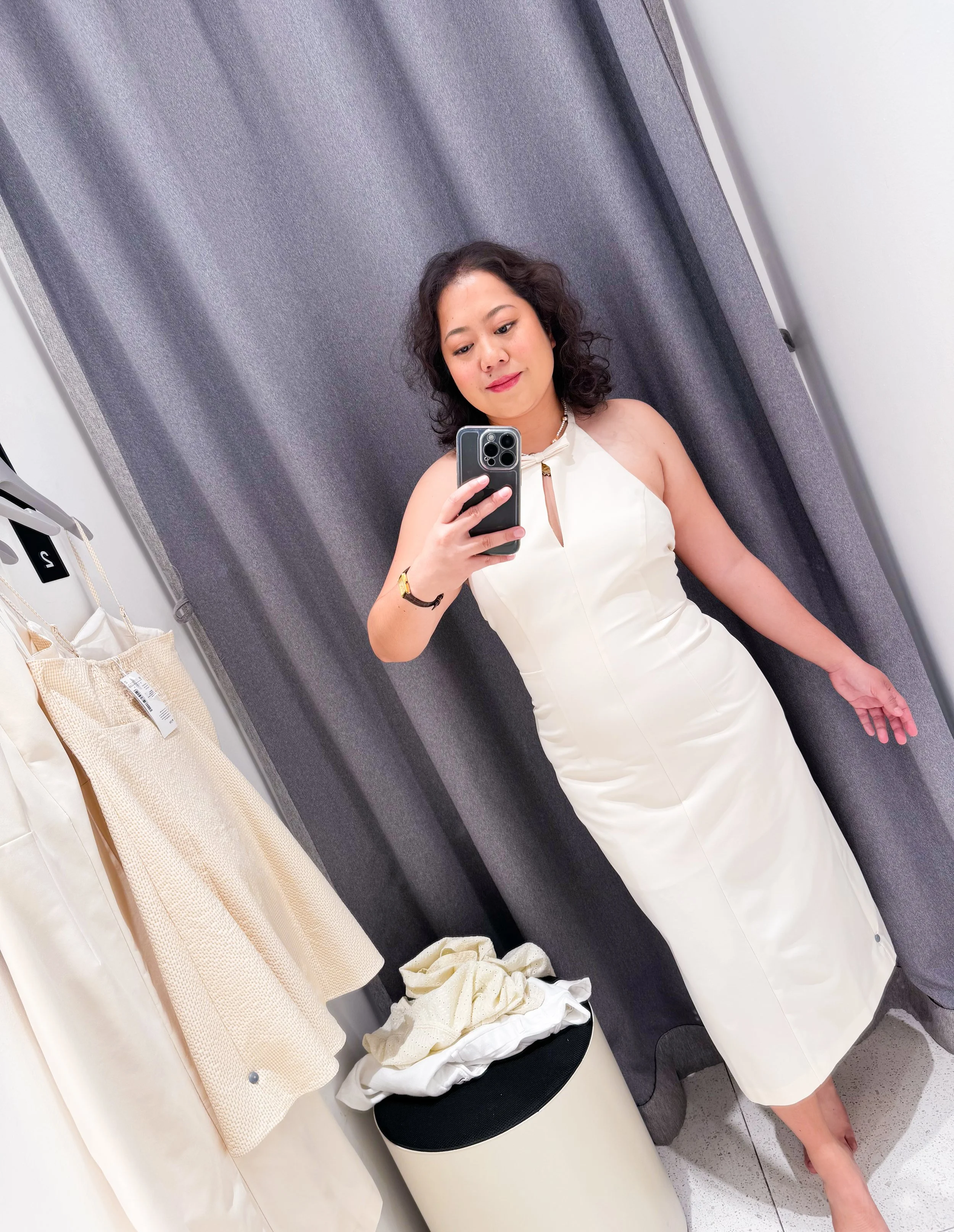Monday Musings: Why Is It So Expensive To Buy Filipino-made clothes?
There’s a specific kind of heartbreak that happens when you fall in love with a dress on Instagram, only to find out it costs more than your monthly Meralco bill. But this isn’t new. We all know the drill. A Filipino brand posts a beautiful, flowy piece that looks like it was designed for a slow, sun-drenched afternoon at the beach. You click through, imagine yourself wearing it to brunch or maybe a low-effort art exhibit. Then you see the price. P4,000? For linen? From here? Suddenly, you’re closing tabs and whispering sweet nothings to your Uniqlo wardrobe for always being emotionally and financially available.
So why does buying local hurt our wallets this much?
Well, first of all, Filipino-made doesn’t mean mass-produced. Most of these brands are small operations, often led by women designing from their bedrooms, corralling sewers who’ve been with them since the start, and praying that a TikTok mention doesn't wipe out their stock overnight. They’re not producing in the tens of thousands like global fast fashion chains. They don’t get bulk discounts. They don't have factories in Bangladesh where the overhead is someone else's human rights. They pay the manangs at the sewing machine fair wages. That comes with a price. Literally.
And then there’s the material. Local brands love their linen, which, in fairness, is comfortable, sustainable, and perfect for our humidity. But good and REAL linen isn’t cheap. I’d say 90% of the linen pieces you see online are not even real, pure linen, but some type of poly or cotton blend. And because these designers aren’t buying rolls by the truckload, they pay more per yard—and so do you.
But I get it. It's hard to emotionally justify P4,000 for a locally made dress when a mall brand or Shopee is selling an entire outfit for that price, and throwing in a promo/voucher just to be extra. We’ve been conditioned to believe that expensive equals foreign, and local equals bargain bin. So when it’s flipped—when a Filipino brand asks you to pay more—it feels…off. Confusing. Even offensive, sometimes.
Yet here’s the thing: many of these brands are not trying to fleece you. They’re just trying to survive. They’re choosing to stay small, stay ethical, and stay proudly Filipino. And that’s not cheap work.
Does this mean everyone should be buying these expensive clothes? Not necessarily. Local fashion is still largely inaccessible to the average person, and that’s a conversation worth having. But if you can afford it, maybe it’s worth asking yourself: am I really overpaying? Or have I just gotten used to underpaying for everything else?
The truth is, it’s not Filipino fashion that’s expensive. It’s fast fashion that’s artificially cheap. One is priced by people. The other, by systems that bet on our silence.
So yes, Filipino-made clothes are expensive. But maybe that’s the point.


